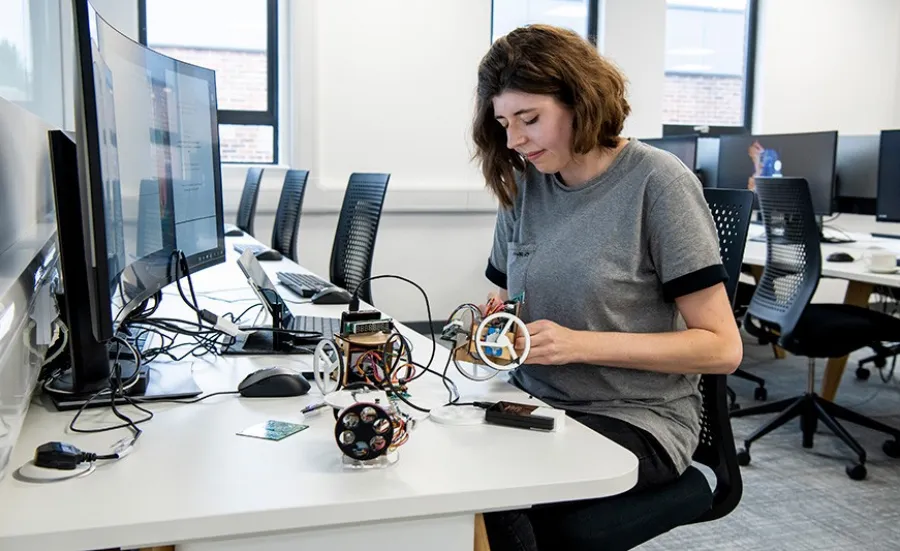Current research degree projects

Explore our current postgraduate research degree and PhD opportunities.

Explore our current postgraduate research degree and PhD opportunities.

Deep learning has been a driving force behind the rapid progress of AI for more than a decade, culminating recently in the success of large language models powered by transformer architectures—a class of deep neural networks. In parallel, bilevel optimization has emerged as a powerful framework for modeling complex machine learning tasks, giving rise to what we refer to as deep bilevel learning. This PhD project will investigate the mathematical foundations of deep bilevel learning, with the goal of uncovering structural properties that can be exploited to design more efficient, robust, and explainable learning algorithms. The results have the potential to influence the next generation of AI systems and advance theory at the intersection of optimization and deep learning.
Climate and political shocks can trigger clustered defaults across interconnected financial networks. This PhD project will develop deep learning models and network-based stress testing tools to assess how such events impact credit risk and financial stability, using real nationwide microentrepreneur data in a partnership with a leading microfinance institution.
This PhD aims to understand how people living with long-term health conditions (LTCs) can better build resilience to climate change. Working with vulnerable communities the researcher will use individual narratives and real-time momentary analysis to establish how LTCs impact adaptive capabilities during weather extremes.
“The Volcanic Mind” uses volcanic risk reduction as a lens to explore how resilience emerges from the interplay between emotional trust and deliberative confidence in times of crisis. Combining volcanology, social science, political psychology, and creative practice, it reimagines how societies can sustain trust and adaptability in an accelerating world.
This PhD explores how people with multiple long-term conditions (MLTCs) access and experience nature to support wellbeing. Using mixed methods, it investigates barriers, lived experiences, and the role of different natural spaces. Findings will inform strategies to enhance equitable, sustainable nature-based wellbeing interventions for disadvantaged populations.